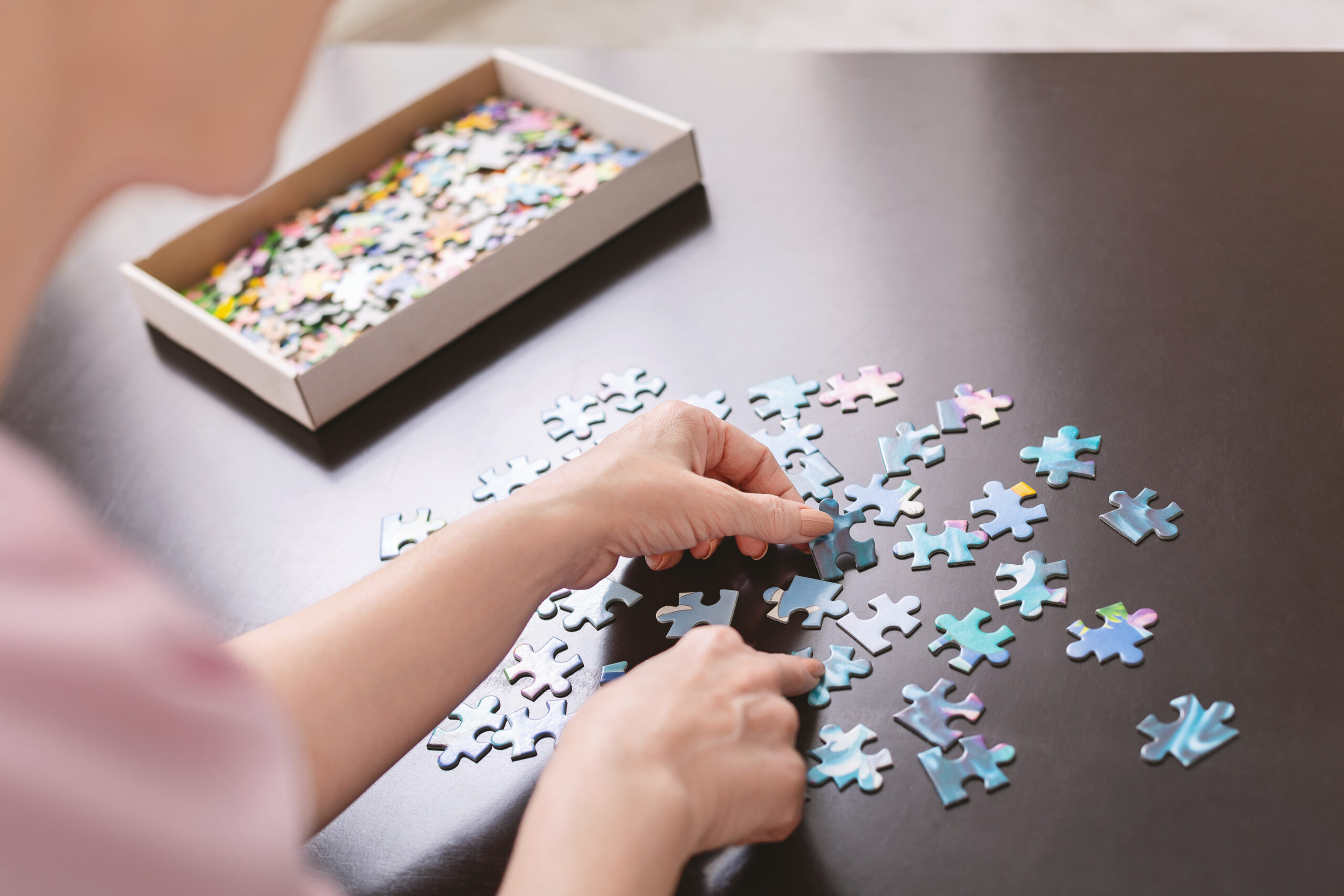How to Adapt a Kitchen for a Dementia-Friendly Cooking Experience
Adapting a kitchen to be dementia-friendly is crucial for ensuring safety and promoting independence for individuals with dementia. Here are some practical tips to create a supportive cooking environment:
## Kitchen Safety Modifications
1. **Easy Access to Essentials**: Place frequently used items within easy reach to avoid confusion and frustration. This includes utensils, plates, and cooking essentials.
2. **Secure Hazardous Items**: Store sharp objects and cleaning supplies in locked cabinets to prevent accidents. This is especially important if the person with dementia has a tendency to wander or forget where items are kept.
3. **Simplify Appliances**: Use appliances with simple controls and automatic shut-off features. This can help prevent burns or other accidents.
4. **Labeling**: Use clear labels and visual cues to help with navigation. For example, label kitchen cabinets with pictures of what they contain, such as canned goods or plates.
## Promoting Independence
1. **Designate a Safe Area**: Create a safe space away from the stove and knife drawer where the person can assist with food preparation. This could be a table or counter where they can help with tasks like washing vegetables or mixing ingredients.
2. **Microwave Use**: Encourage the use of a microwave for cooking to reduce the risk of burns from stovetops or ovens. However, be cautious if the person has a pacemaker.
3. **Step Stool Safety**: Provide a sturdy step stool for reaching high shelves, but never use a chair for this purpose.
## Additional Tips
1. **Water Temperature**: Ensure the water heater is set at 120 degrees Fahrenheit to prevent scalding. Label faucets clearly as hot or cold.
2. **Countertop Height**: Consider lowering countertops to make them more accessible, especially for individuals who may be shorter or have mobility issues.
3. **Wheelchair Accessibility**: Adapt one work counter for wheelchair access and remove doors under the sink to accommodate a wheelchair. Insulate exposed water pipes to prevent burns.
4. **Fire Safety**: Install a fire extinguisher in the kitchen and ensure that smoke alarms are functioning properly.
By implementing these modifications, you can create a kitchen environment that is both safe and supportive for individuals with dementia, allowing them to maintain some level of independence and engagement in cooking activities.





